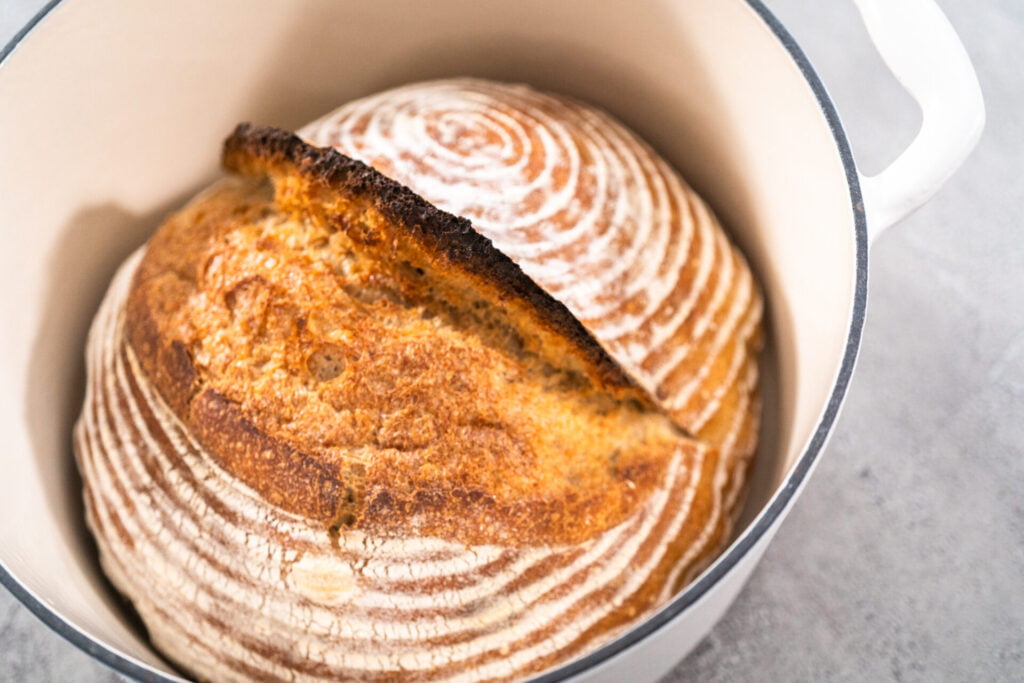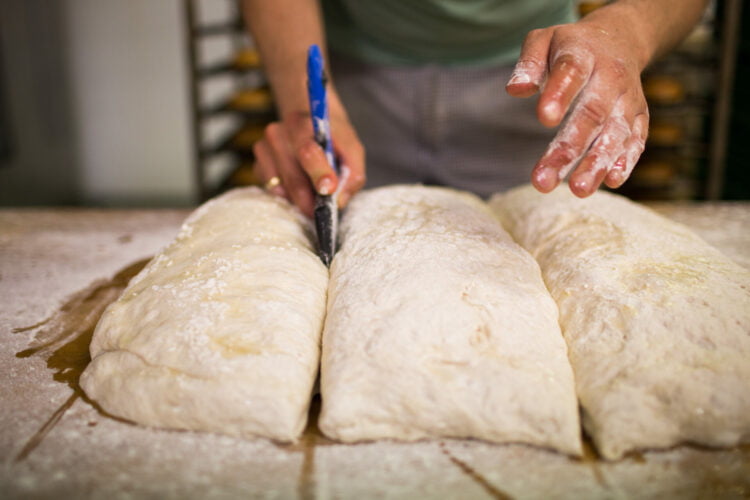What is Levain?
A levain (often spelled “levain” in French) is a type of pre-ferment traditionally used in the making of sourdough bread. It’s essentially a mixture of flour and water that has been inoculated with wild yeasts and bacteria from the environment. Over time, this mixture ferments, creating a natural leavening agent. The process not only helps the dough to rise without the need for commercial yeast but also imparts a distinctive tangy flavor and improves the texture and shelf life of the bread.
What is the difference between Yeast and Sourdough starter?
The difference is how each of them transforms sugar:
- Yeast – converts sugar into alcohol (which is present in very small amounts and evaporates during baking) and carbon dioxide gas
- Sourdough starter – converts sugar into carbon dioxide gas and lactic and acetic acid which gives the bread its sour taste.
Is Levain The Same As Sourdough Starter?
Levain is similar to a sourdough starter, but the terms are sometimes used differently depending on the context.
A sourdough starter is a culture that is maintained over time and used to initiate fermentation in batches of dough.
Levain, on the other hand, is often referred to as the portion of the starter that is mixed with more flour and water to create a specific offshoot for a batch of dough.
Essentially, the levain is built from the starter for use in a particular recipe, acting as a bridge between the stable culture of the starter and the final dough
Alright, let’s dive into the world of making your breads and baked goodies all fluffy and light. We will be talking about different types of leaven. When it comes to giving your treats that lovely airy texture, there are basically three superheroes in the baking world: yeast, baking soda, and good ol’ egg whites. Each of them has its own special power in the kitchen.
Yeast As Levain
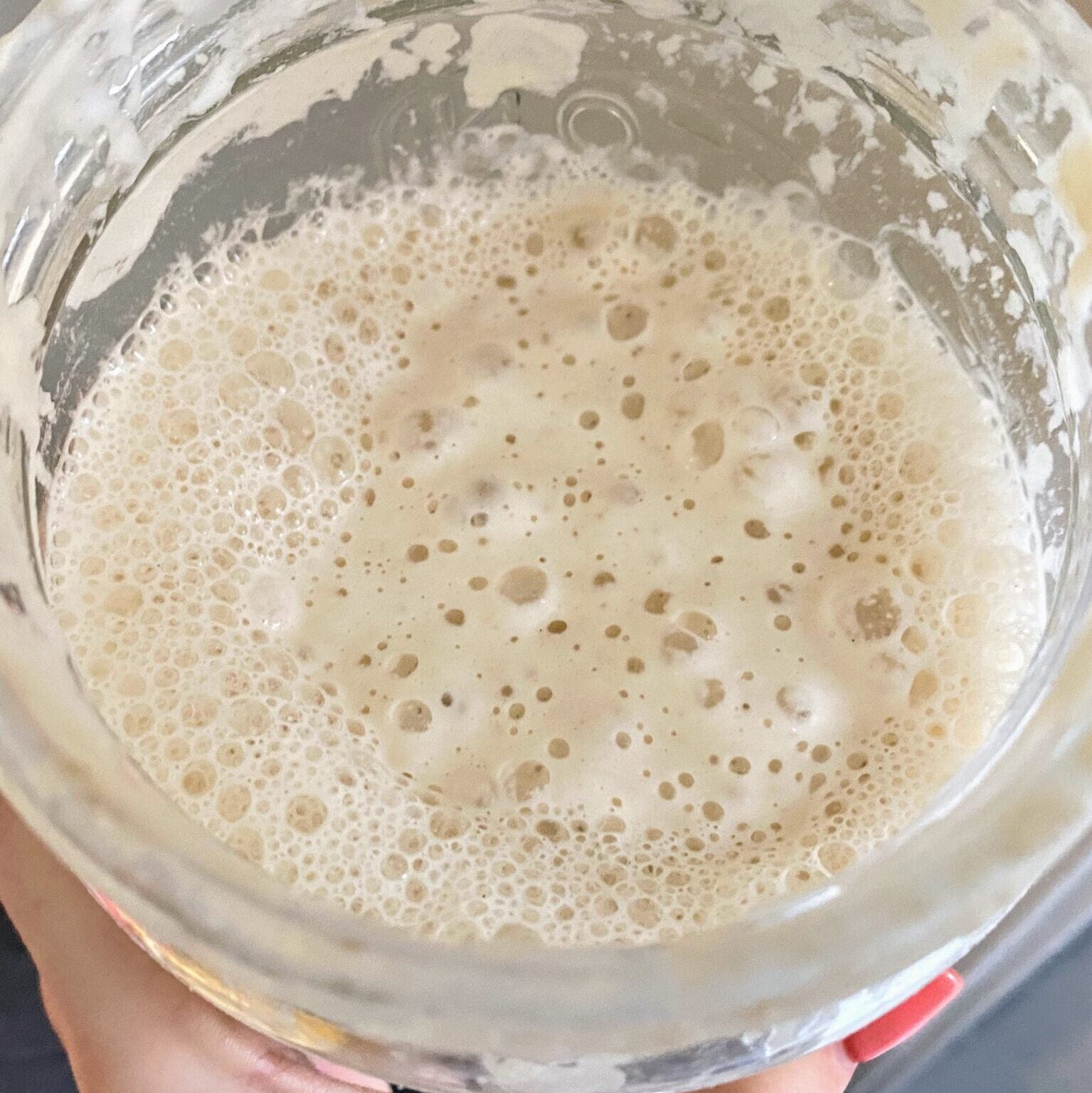
First up, let’s chat about yeast – it’s kind of the slow and steady type. Yeast works by munching on the starches and sugars in your dough, burping out carbon dioxide in the process. This might sound a bit icky, but it’s actually what makes bread rise and get all fluffy. Yeast takes its sweet time, though, so if you’re using it, be ready to wait a bit as those billions of tiny microbes do their thing.
Baking Soda And Baking Powder As Levain
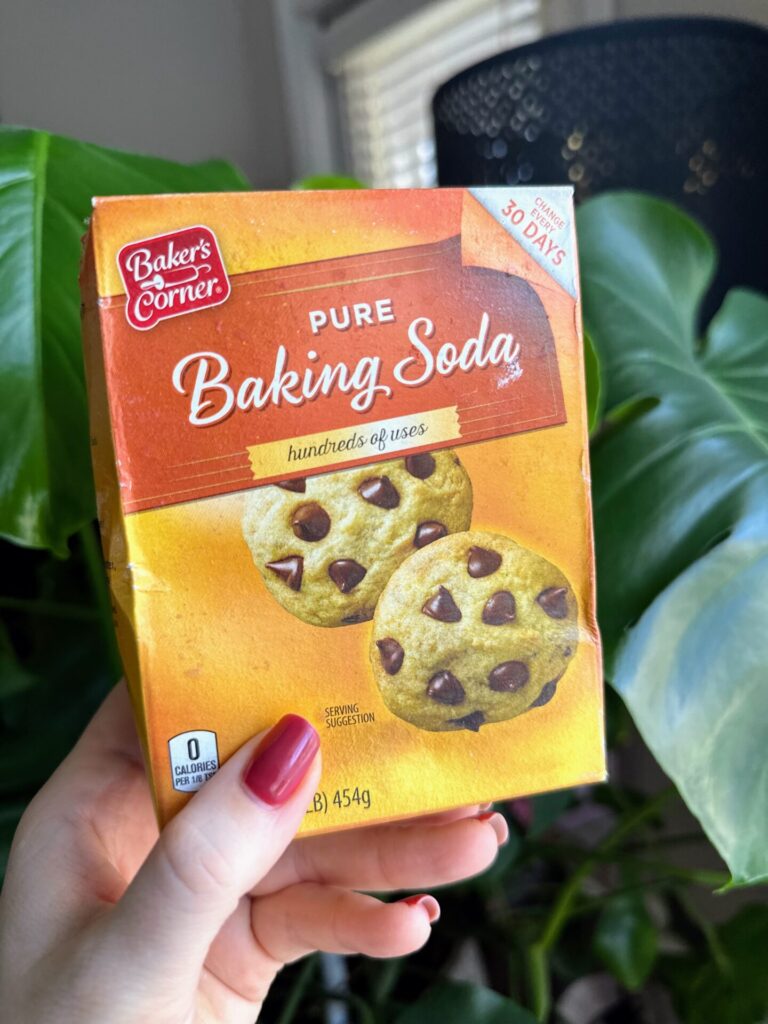
Now, let’s switch gears to baking soda and baking powder. These guys are like the fast and furious of the baking world. They start reacting and creating carbon dioxide as soon as they get hot and bothered in the oven. This is super handy when you want your bread or cake to rise quickly, like with pumpkin bread or Irish soda bread.
Why Pick Yeast as Levain?
But why pick yeast for something like a dinner roll? Well, while yeast takes longer to puff up your dough, it’s doing something pretty magical. It’s not just about rising – it’s also developing a strong gluten network. This gives you a chewier, more elastic bread. Think of the difference between a soft dinner roll and a quick-bread like banana bread – the texture is totally different, right? Plus, yeast isn’t just a one-trick pony. As it eats up the starches, it’s also creating a bunch of tasty flavor compounds that make your bread taste amazing.
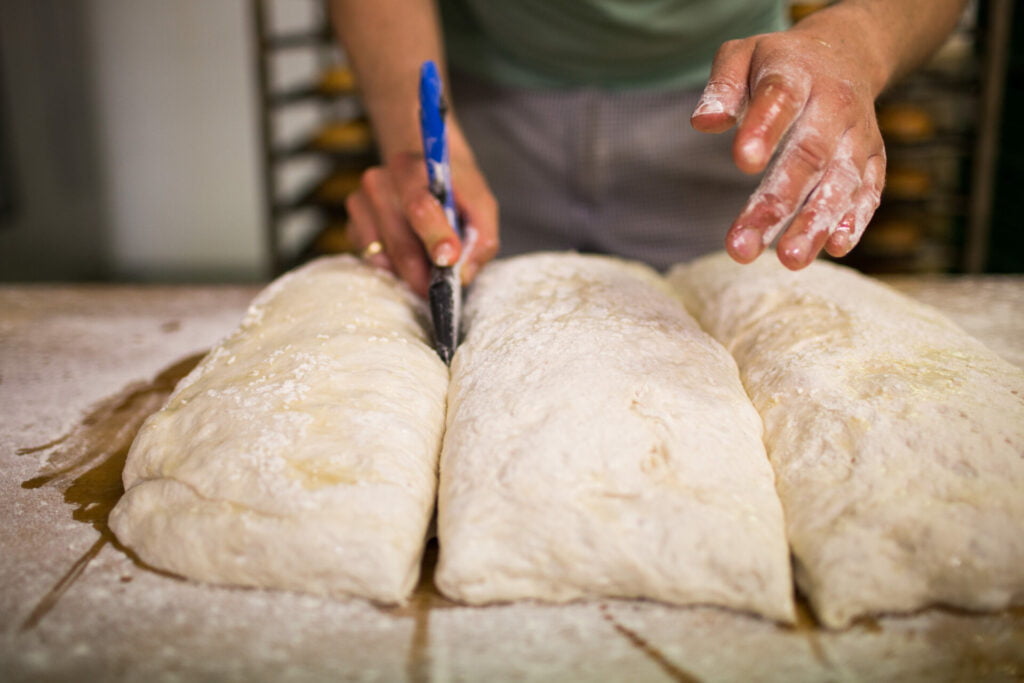
When to use Baking soda and baking powder?
On the other hand, when you’re dealing with runnier batters, like for cakes, that’s where baking soda and baking powder shine. They give you that quick lift, and at the same time, the eggs in the batter set up and help keep everything nice and tall.
So, there you have it.
Yeast is your go-to for chewy, flavorful bread with a bit of a wait
Baking soda and powder are perfect for quick rises in cakes and some breads.
Each has its own special role in the kitchen, and knowing when to use which is like having a superpower in baking! If you’re curious to dig deeper into these differences, stay tuned – there’s so much more to explore in the science of baking!
